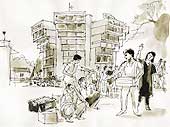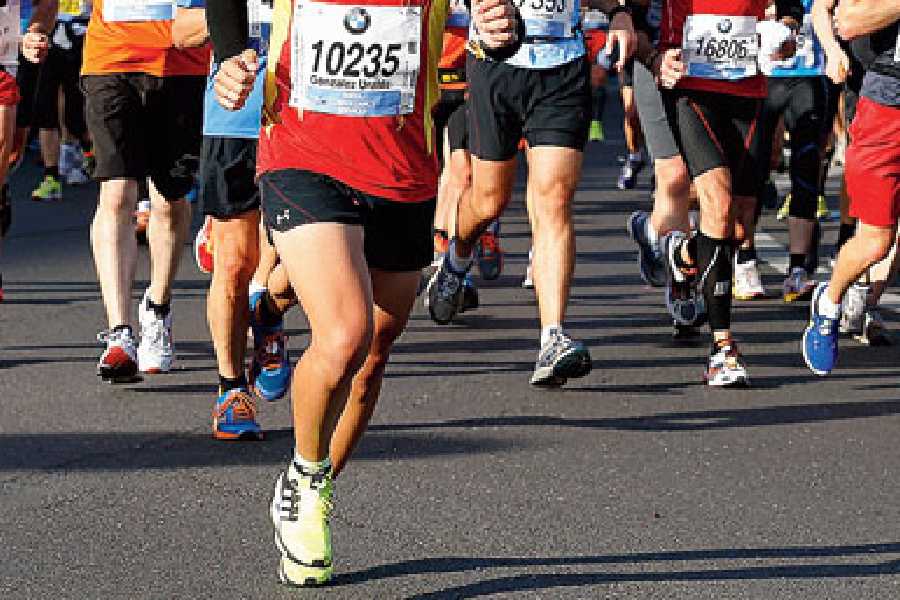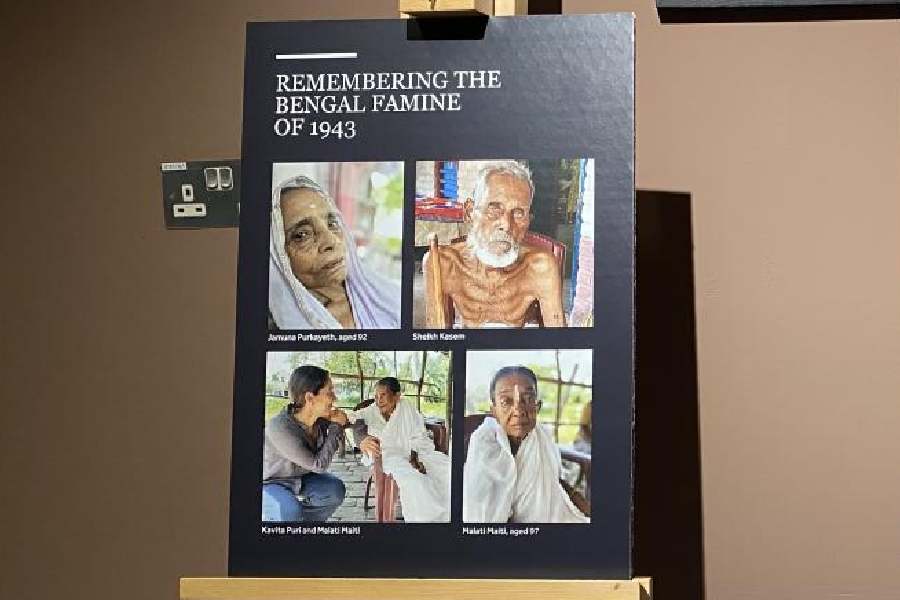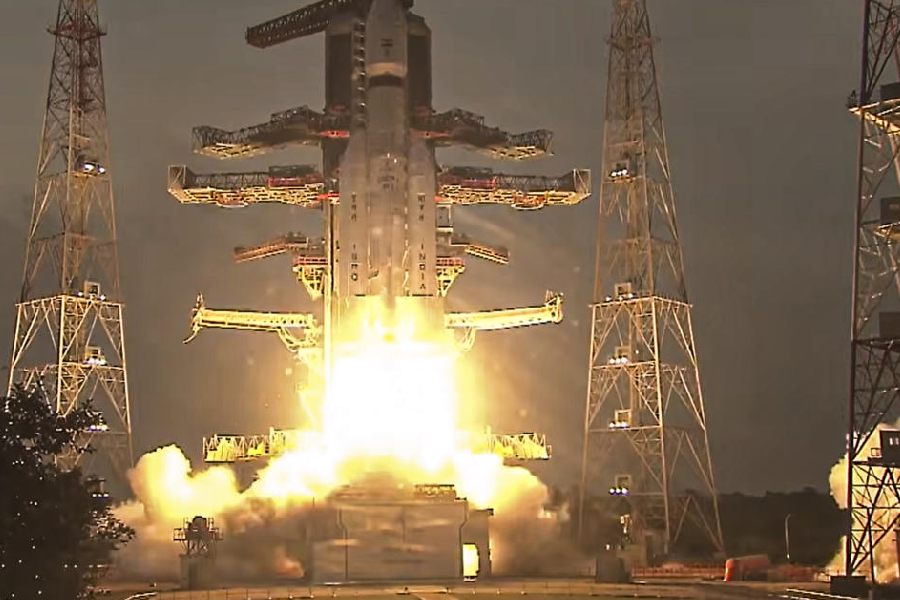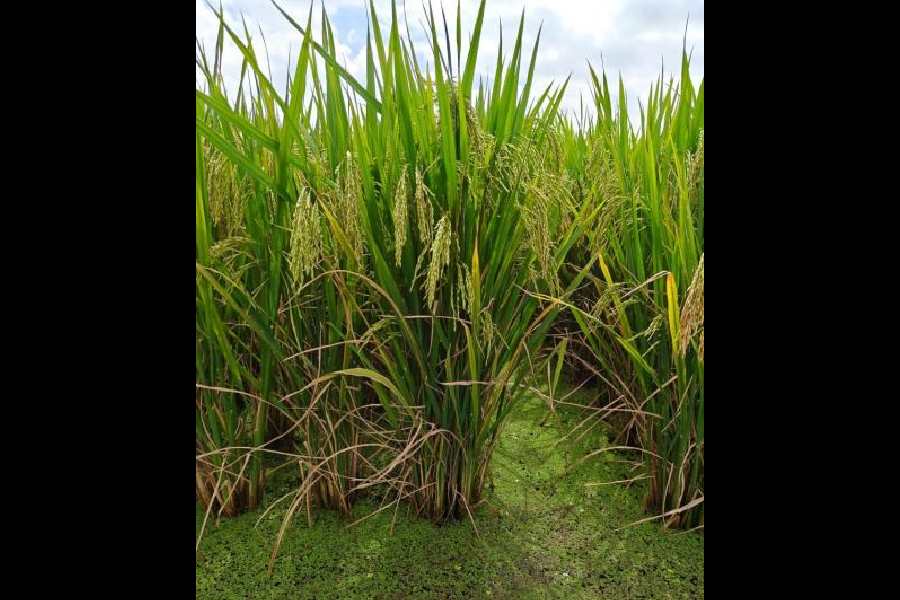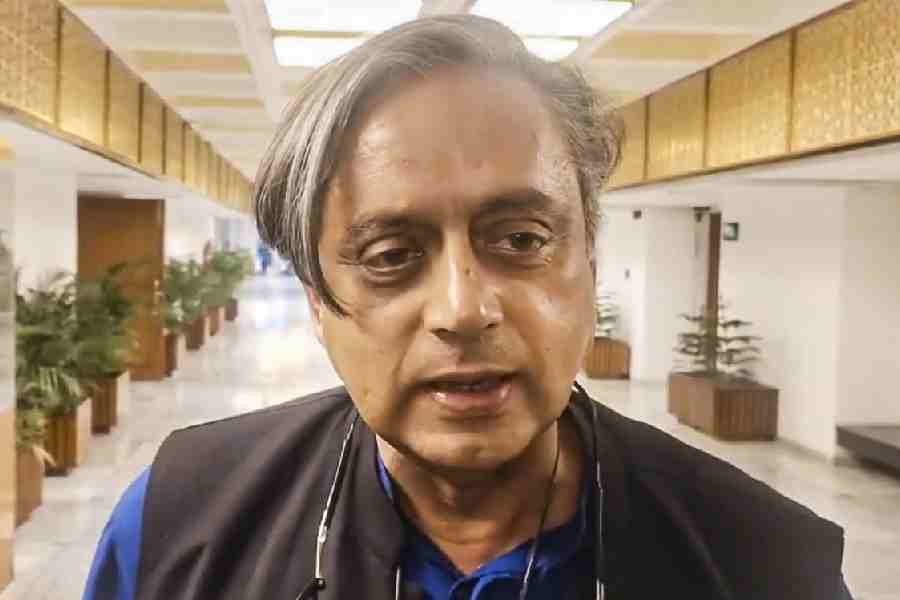 |
In 1984, Britain?s miners embarked on a strike over pit closures, the catalyst for the country?s most bitter post-war industrial dispute. ?The Lady? was not for turning. The miners lost ? badly.
Forget the tinselly portrayal in the recently successful film and stage musical Billy Elliot. Orwell himself would have turned in his grave at the plight suffered by much of the north of England, Scotland and Wales during the Thatcher years. The once cradle of industrialisation had become a zimmerframe, while London and the south of England basked in the new world order of commerce. Glasgow no longer had the face to launch a thousand ships. Sheffield?s steel went full monty. And as for Newcastle-upon-Tyne, you could have carried there all the coal you wanted. Nobody else would.
History lesson over. Twenty years on, Newcastle and its Siamese twin Gateshead (Gateshead lies on the south of the river Tyne and the two places enjoy a symbiotic relationship similar to Calcutta and Howrah) have regenerated thanks to millions of pounds being ploughed back in to redress the UK?s north-south imbalance. Approach England?s north-east by road or rail from the South and you receive the most spectacular man-made welcome in the British Isles: the Angel of the North. Seen by more than 90,000 motorists a day, plus the passengers on the London-Edinburgh East Coast railway line, Antony Gormley?s magnificent structure greets all comers with its wide aeroplane-wing arms.
The Angel of the North aptly stands on a former colliery pit. The people of the north-east are proud of the fact that the area has gone from coal to culture. They, in their distinctive accents, can tell you all about their seven theatres ? including the grand Theatre Royal and the Newcastle Opera House, which hosts an annual winter season from the Royal Shakespeare Company. In the summer there is the Newcastle Jazz Festival, and for classical music fans there?s the Northern Sinfonia. This year has also witnessed a Gypsy/Romany festival and a bigger-than-usual Mela (the area boasts a large and vibrant Asian community).
The city is also a must-stop venue for all touring rock bands, hardly surprising when you consider that Sting and Dire Straits are among its sons. Best director to never win an Oscar, Ridley Scott, and his brother Top Gun Tony also hail from the region. The north-east also has a proud tradition of producing Olympians such as Brendan Foster and Steve Cram, while the annual ?Great North Run? remains one of the world?s premier half-marathon races.
Although at present undergoing painstaking road works, Newcastle city centre has dusted down its sooty image. Chic new bars, restaurants and caf?s are ten a penny. Newcastle is also great for all that nauseating girly shopping, while the quayside area has become a very trendy nightspot. From here one can view the city?s main icons: the bridges that link Newcastle with Gateshead. In addition to the revolutionary industrial Tyne Bridge, there?s an impressive 21st-century newcomer: the Millennium Bridge. Despite its unimaginative name, this glow-in-the-dark ?Blinking Eye? (nicknamed so because of its shape and the way it ?opens? and ?closes? to allow ships through) is a triumph of creativity, and is just as popular with tourists as the attraction it serves as an umbilical cord for the Baltic. Of course, the Baltic doesn?t belong to Newcastle ? it?s Gateshead?s ? thus the culture vulture always sees ?Newcastle-Gateshead? printed on the tourist brochures.
The Baltic was once upon a time a huge flour mill. Now it?s a huge modern art gallery. Entry is free and no exhibition is permanent. Even if you think all modern art is rubbish (shame on you), or you?re not interested in how old buildings can be restored (shame on you again), there is one magnificent reason to visit the Baltic: the view from the top.
One can look straight down the Tyne and its bridges from above. On the left is the other new treasure of Gateshead: the unfinished mammoth shiny metallic slug-like thing called the ?Sage? . The Sage is to be a state-of-the-art contemporary music centre and museum of pop music. To counterpoint this futuristic sci-fi architectural weirdness, one can shift gaze to the right and see Newcastle in all its glory. Everything one needs to know about art is in this view. The landscapes are vivid, with post-modernism on the right, early-modernism on the left and watercolours in between.
On a clear day, viewers from the Baltic?s top floor can see Newcastle?s prestigious university; the cathedral of St Thomas; Gray?s monument (architect of the 1832 Reform Act for the history geeks, the Earl who has a tea named after him for everybody else); and the grand Central Station. In the distance, one can also see St James? Park ? home of Newcastle United Football Club.
It wouldn?t be proper to write about Newcastle?s culture without mentioning football. Its citizens are probably the most obsessive, yet good-natured fans in the nation. (Which other supporters would risk their lives climbing a structure the size of the Angel of the North just to put a giant Alan Shearer shirt over it?!) Despite producing countless brilliant individuals ? from way back to Jackie Milburn and the Charlton brothers to ?Gazza? and ?Big Al? of recent times ? ?The Magpies? (or ?The Toon?) are the great nearly-men of English football. Still, despite the sparse trophy cabinets, Geordies will always bleed black-and-white.
Like the football team, Newcastle-Gateshead narrowly missed out this year on a major prize. The EU decided to confer its annual capital of culture status to a British city for 2008, the first occasion since Glasgow?s crowning in 1990. Despite being the favourite from the onset, Brussels? bureaucrats awarded the honour to Liverpool instead.
It would have been a fitting tribute to the city?s remarkable transition from pits to pedestal. Nevertheless, in true inimitable Geordie style, Newcastle-Gateshead didn?t care that much for the European honour. It just crowned itself its own Capital of Culture for 2010 instead. Nobody could argue with the competition.

